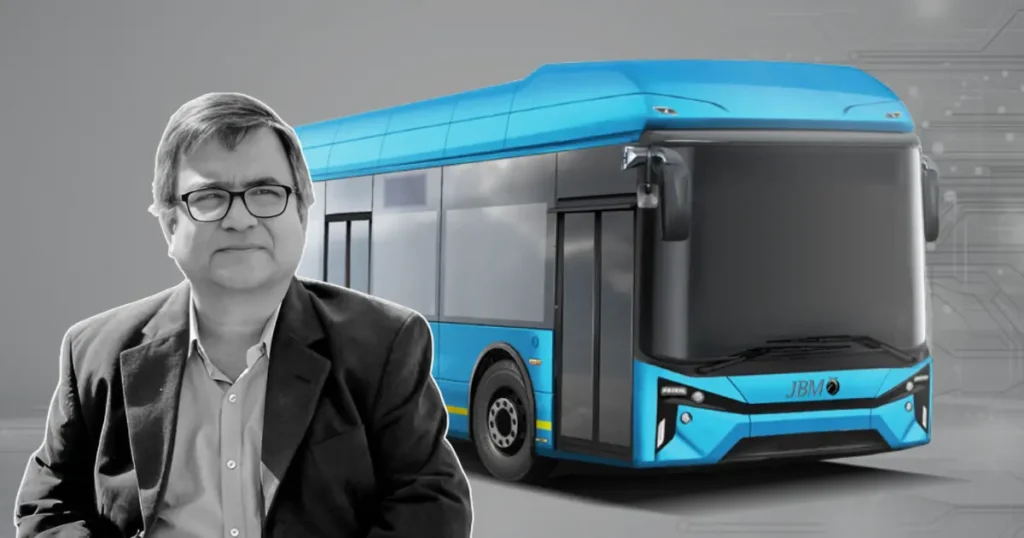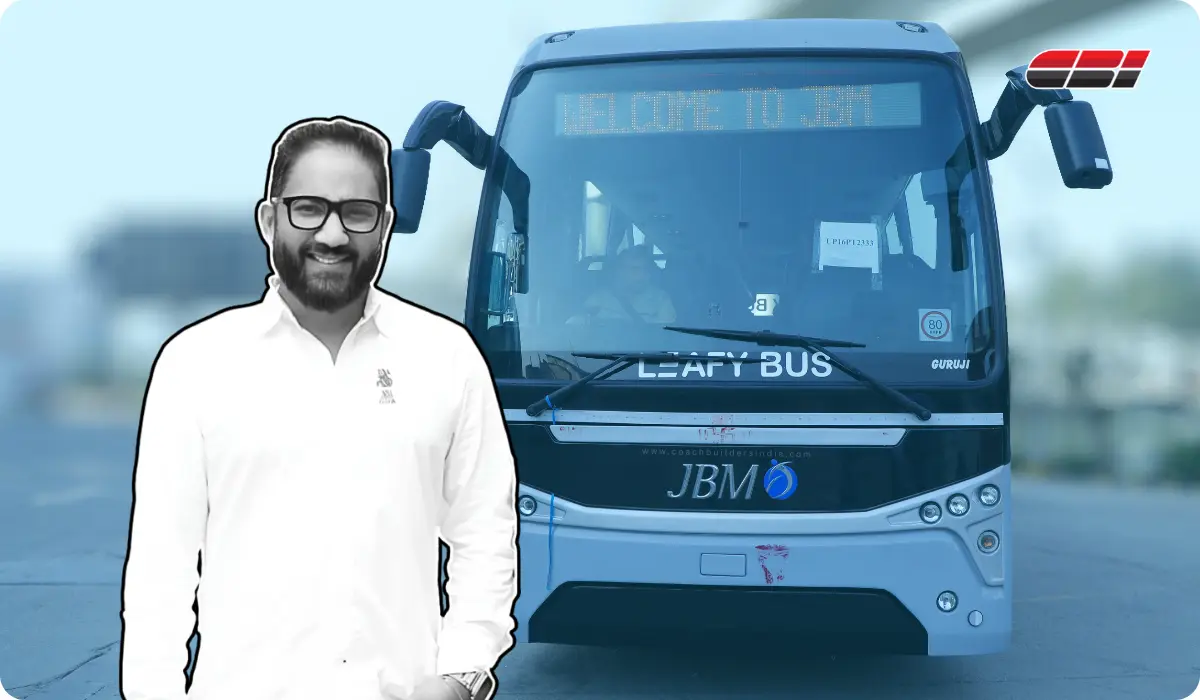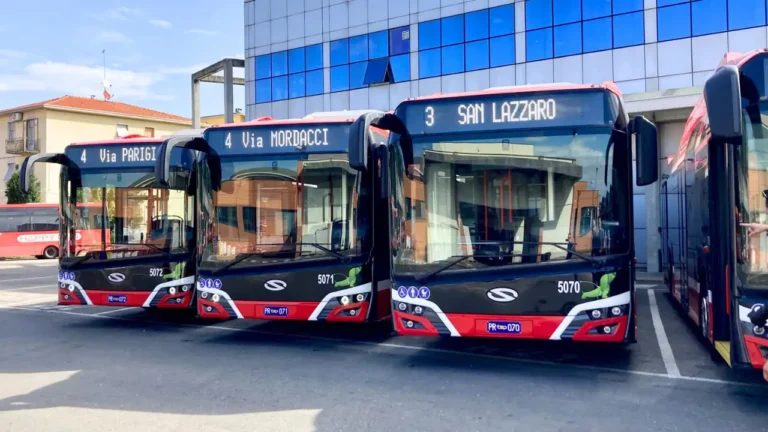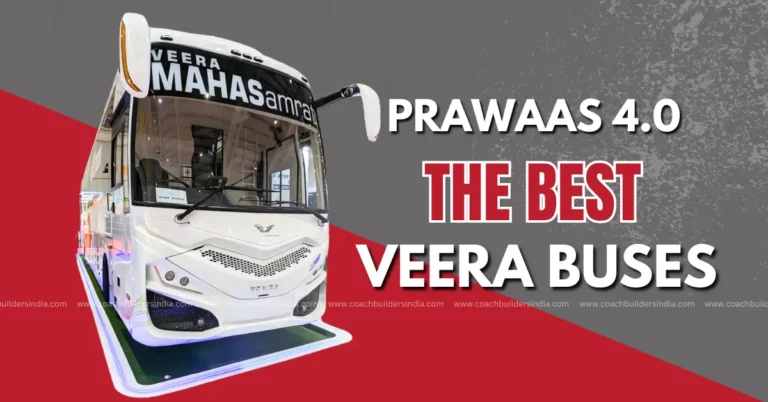IntrCity’s Manish Rathi on the Road Ahead for Electric Bus Adoption in the Private Sector
In an exclusive interview with Coach Builders India, IntrCity SmartBus CEO Manish Rathi noted that while the long-distance electric bus market is still developing, ongoing innovations will soon boost confidence among private operators, facilitating greater adoption of electric buses.

As India intensifies its efforts to combat pollution and transition to sustainable transportation, the adoption of electric buses is gaining attention.
However, while public transport systems are beginning to integrate electric buses into their fleet, the private sector is approaching this shift with caution.
According to the Road Transport Year Book 2019-2020, around 2.19 million buses were registered as of 2020. Of these, only about 150,000 buses—approximately 7%—were owned and operated directly by State Transport Undertakings (STUs).
The remaining 2.04 million are privately owned buses that ferry an estimated 833,000 passengers regularly.
With approximately 93% of buses operated by the private sector, electrifying this sector is indispensable to achieving India’s ambitious net-zero vision by 2070.
One of the primary reasons private operators are hesitant to transition to electric buses is the substantial upfront cost. Electric buses can cost three times more than their diesel counterparts, making it challenging for smaller operators to bear this financial burden.
Additionally, concerns such as limited e-bus designs, robustness and longevity, lack of charging infrastructure, and inadequate maintenance knowledge further complicate the transition.
To delve deeper into the dynamics at play, we spoke with Manish Rathi, founder of IntrCity SmartBus, who provided valuable insights into the current landscape and the challenges that lie ahead for the private sector’s shift to electric buses.
Also Read: Karimnagar Depot Welcomes 70 New TGSRTC Electric Buses
Early Days for Long-Distance Electric Buses
Rathi emphasizes that while the popularity of electric buses is rising, particularly in urban settings, the long-distance market is still in its infancy.
“Especially in the long-distance market, these are early days, and there’s still much to be accomplished before private bus operators feel secure and confident in transitioning to electric buses,” he explains, noting that innovation and research are still ongoing.
“With rigorous innovations in electric bus technology emerging each year, we are steadily moving in the right direction. Soon, we will have advancements that inspire confidence among private operators to embrace this transition,” he adds.
Rathi acknowledges that as developments are emerging, the necessary components for a robust electric bus system will soon fall into place.
“It is just a matter of time,” he assures, indicating that private players are eager to embrace electric technologies as they mature.
Also Read: PM E-DRIVE Scheme to Roll Out 14,028 Electric Buses
Looking Ahead
Rathi remains optimistic about the future of electric buses in India. “We talk to a lot of private players; they are looking at this very eagerly,” he states.
However, he believes that achieving the right product-market fit for long-distance electric buses may take about a year to a year and a half. This timeframe allows for technology refinement and the establishment of necessary infrastructure.
In the meantime, he encourages stakeholders to remain excited about the potential of electric buses. “Let us be excited about this technology,” Rathi urges, emphasizing the importance of fostering enthusiasm while acknowledging that patience is needed as the market evolves.
Also Read: PM-eBus Sewa (PSM) Scheme Approved For 38,000 electric buses by 2029
Conclusion
The transition to electric buses in India, particularly within the private sector, is still a work in progress. Insights from leaders like Manish Rathi highlight both the challenges and the optimism surrounding this transformation.
As innovation continues and infrastructure develops, the adoption of electric buses for long-distance travel may soon become a reality, paving the way for a cleaner and more sustainable transportation future.
Catch the latest Bus Industry updates, Exclusive Interviews, Bus News, and International Bus News on Coach Builders India. Download the latest issue of the The Bus Insider magazine for more insights.







